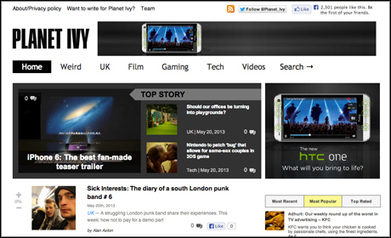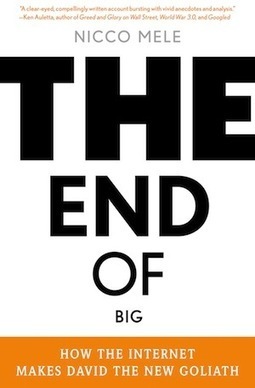A little over six months ago two young journalists sat down at Google Campus in London and discussed how to build a news site for 18 to 25-year-olds with articles written by people in that age category. Under the mantra "don't publish anything boring", Planet Ivy has grown into a site with a network of more than 150 young writers publishing around 80 articles a week between them and reaching up to 400,000 unique users a month.
Six months on and back in at Google Campus, where the three paid employees of Planet Ivy are based, the founder and the editor of the title told Journalism.co.uk about the site's model and how they have received investment from an angel investor and from Ascension Ventures....



 Your new post is loading...
Your new post is loading...















Great digital startup success story: The news site for young people secures investment.